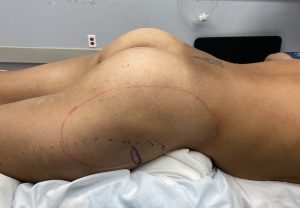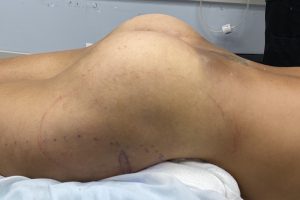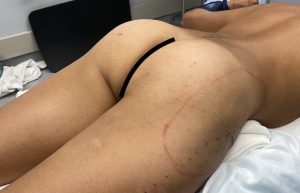Background: While fat injections is the most popular form of buttock augmentation (BBL surgery) it is not the only one. When inadequate fat reserves exist for harvest or prior fat injections have had inadequate survival buttock implants are the alternative treatment. While once little used with a high rate of complications buttock implants have evolved in both surgical techniques and implant materials.
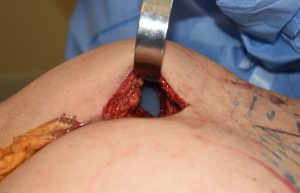
An effective strategy to overcome the tighter intramuscular pocket in buttock implants is the concept of serial implant expansion. The first implant acts like a tissue expander so a larger implant can be placed later. A general rule is that 50% more volume can be obtained the second time with allowing six months between the two implant surgeries. An interesting question is can be be done a third time? Will the second implant allow as much volume increase for a third implant placement?
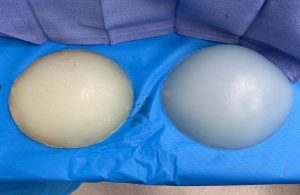
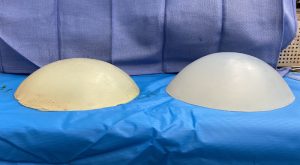
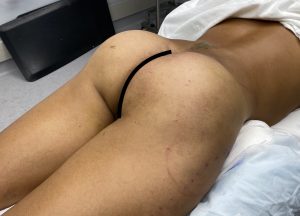
While it would be rare to ever move onto a third buttock implant exchange for a larger size, this case shows that it is possible. Of note is that the third implant increase should be less than that which was obtained in the first implant replacement. Thus a good guideline should be a 50% increase from the first to second implant and a 33% increase from the second to third implant.
Case Highlights:
1) The intramuscular pocket for buttock implants has implant size/volume limitations unlike the more superficial subfascial pocket.
2) Staged implant exchanges can be done for intramuscular buttock implants to acquire larger sizes.
3) In this case a male patient went from 450cc to 730cc to 1000cc intramuscular buttock implants over a several year period.
Dr. Barry Eppley
Indianapolis, Indiana




